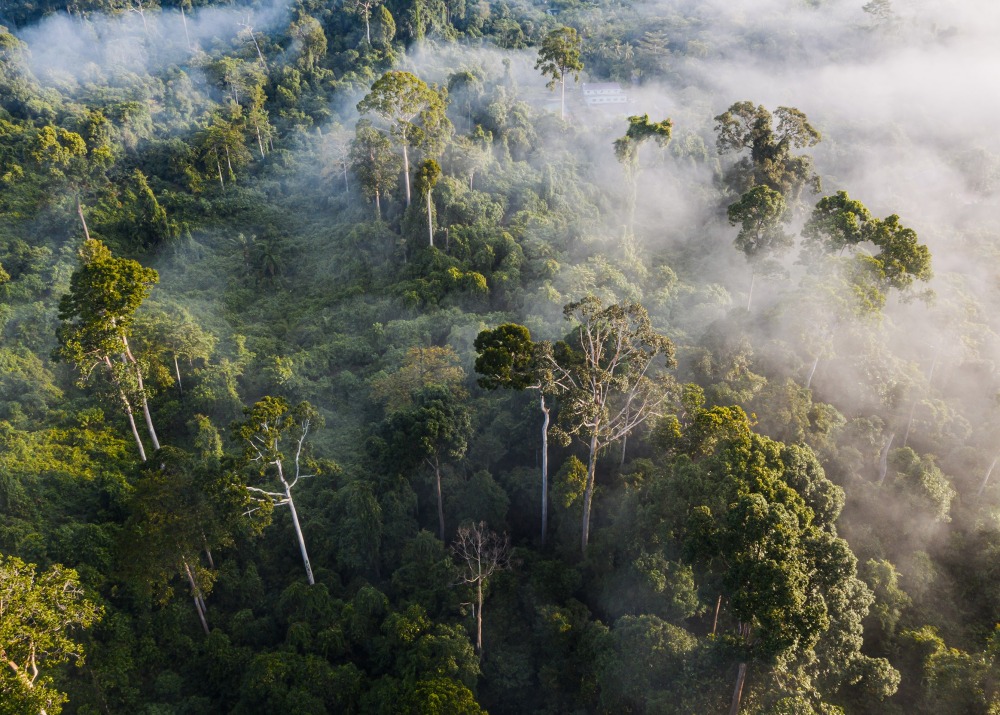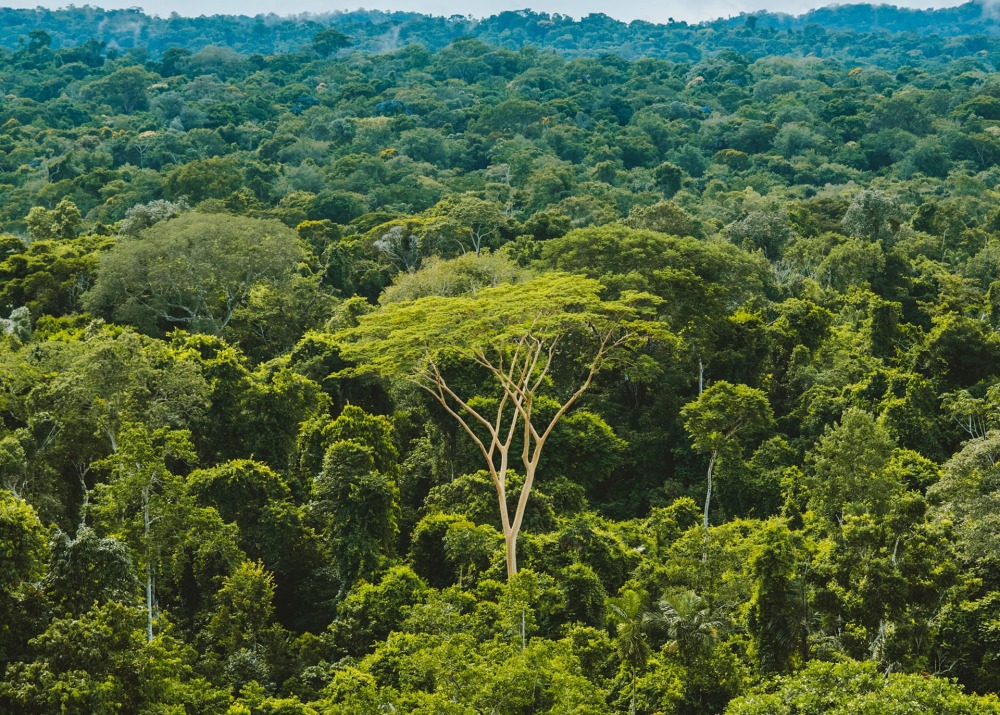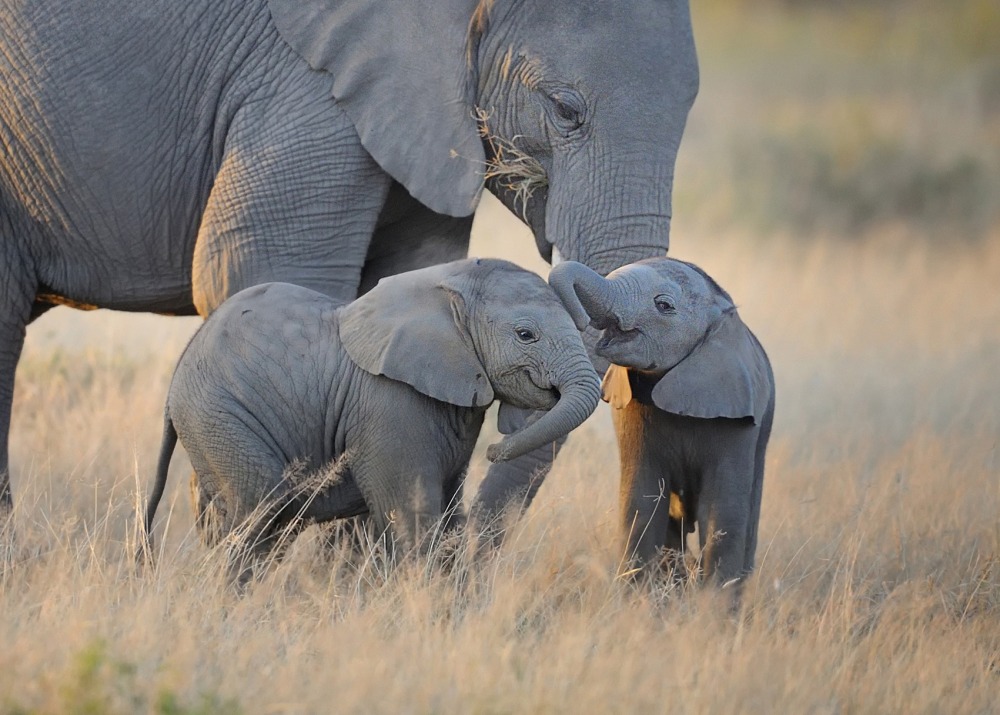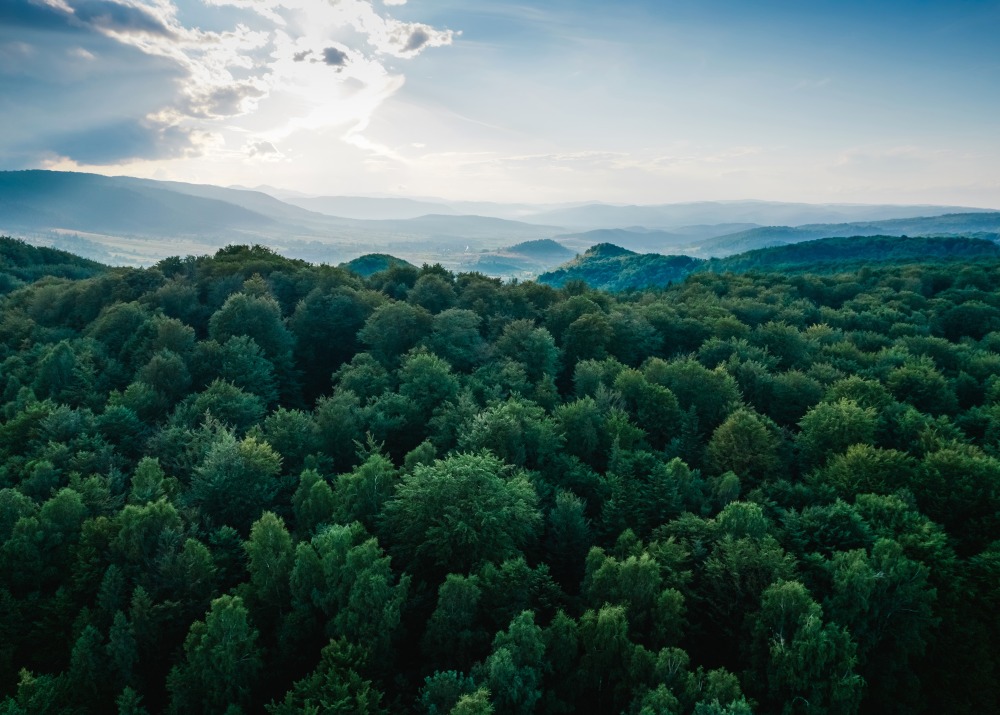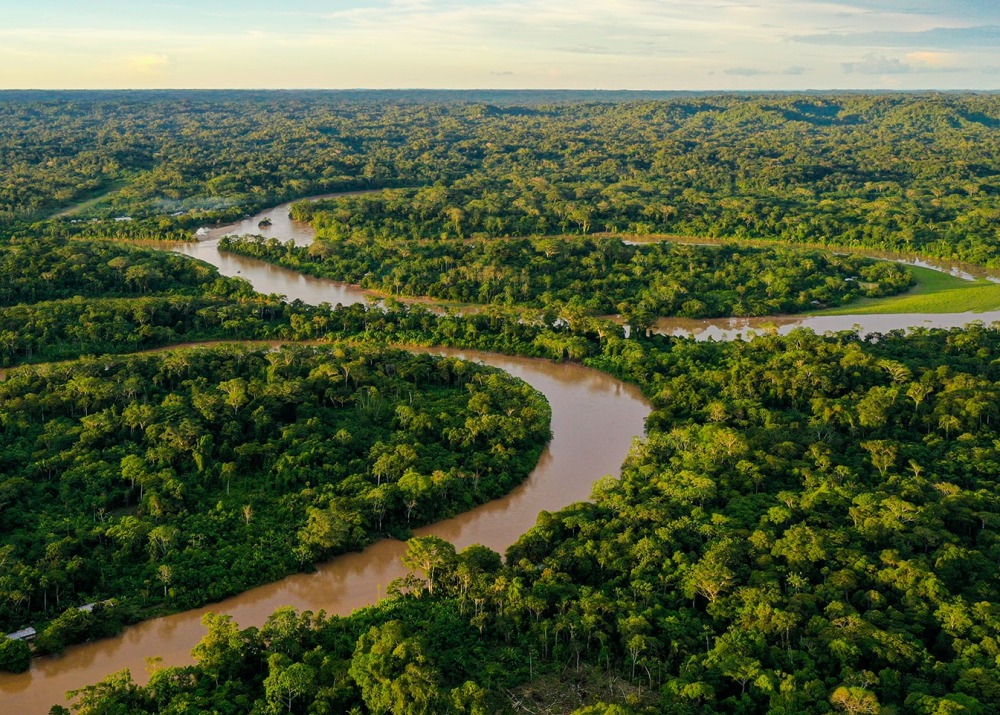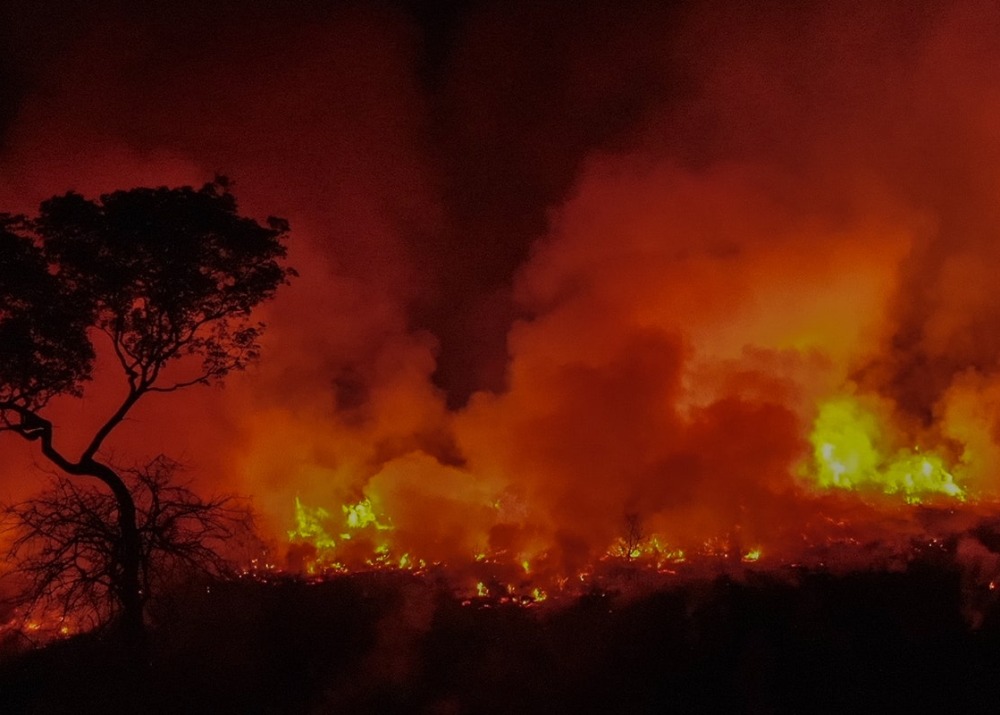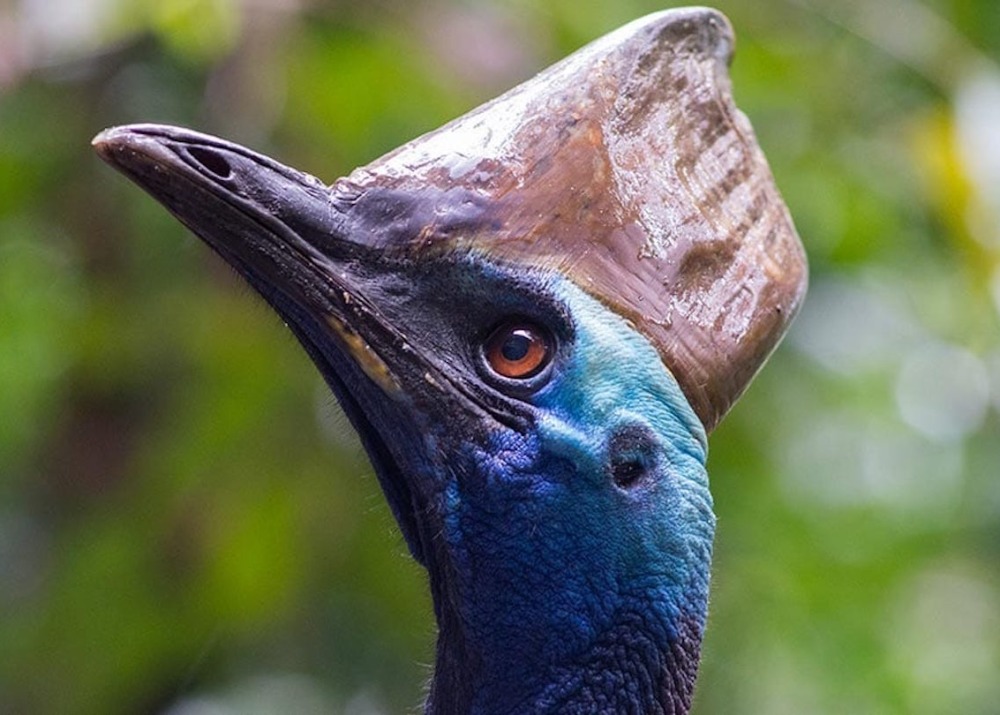Three Ways Climate Change Makes Fires Worse in the Amazon Rainforest and Beyond

Some ecosystems are well adapted to wildfire. Others are dependent upon them, relying on occasional natural blazes to clear dense undergrowth, add nutrients to the soil, and disperse seeds so the next generation can take root.
But there is nothing natural about wildfire in the Amazon rainforest or in Brazil’s Pantanal—the world’s largest wetland. Most commonly, these fires start when people set clear-cut sections ablaze to ready land for crops and livestock. This practice is terribly destructive. But the real devastation occurs when the flames escape into the surrounding forest, burning through otherwise healthy trees and undergrowth, destroying habitat, and harming wildlife and humans alike.
Under normal circumstances, these places wouldn’t burn. The Amazon rainforest and the Pantanal are both simply too wet for that, as are most of the world’s rainforests and wetlands. But climate change has dramatically altered “normal,” allowing the flames to spread far beyond what they once could. The State of Wildfires 2023–2024 report, published in the August 2024 issue of Earth System Science Data, found that climate change has made these destructive fires 20 to nearly 30 times more likely in the Amazon than before.
Here are three ways climate change makes wildfires more frequent and destructive in the Amazon rainforest, the Pantanal, and elsewhere around the world:
1. Rising temperatures
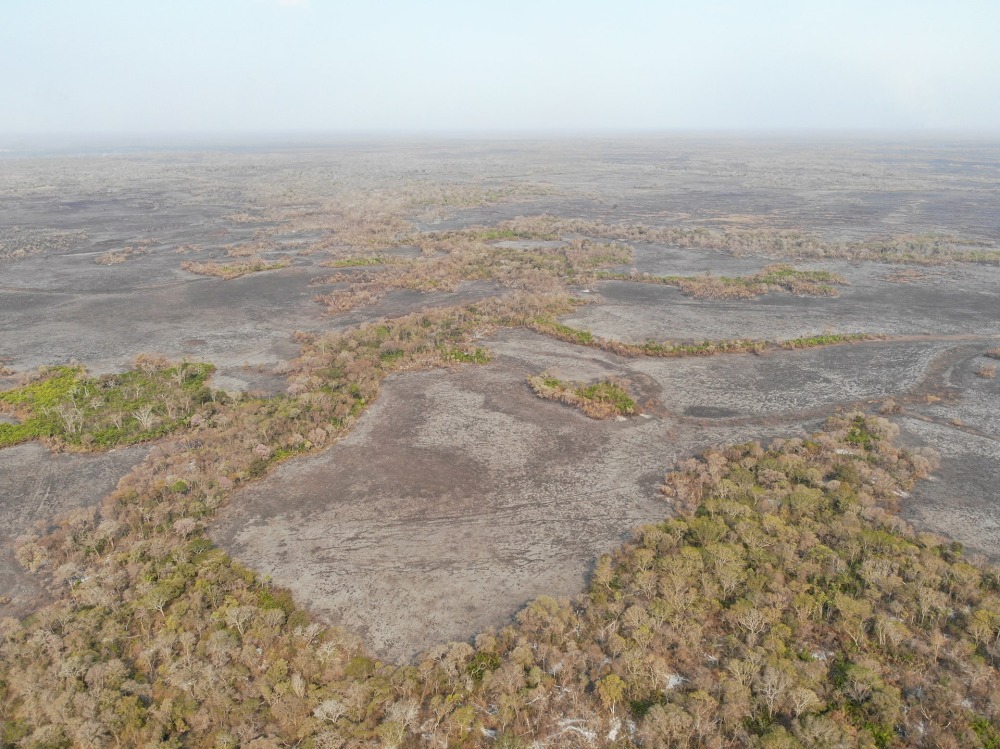
The science is clear: the world is warming. The summer of 2024 was the hottest on record for the northern hemisphere, and all signs indicate the entire year will also be the hottest on record—beating the previous record that was set just last year. These rising temperatures affect more than our comfort. They also draw moisture from plant matter and soil, creating the drier conditions that make fire possible even within a rainforest or wetland.
2. More frequent droughts
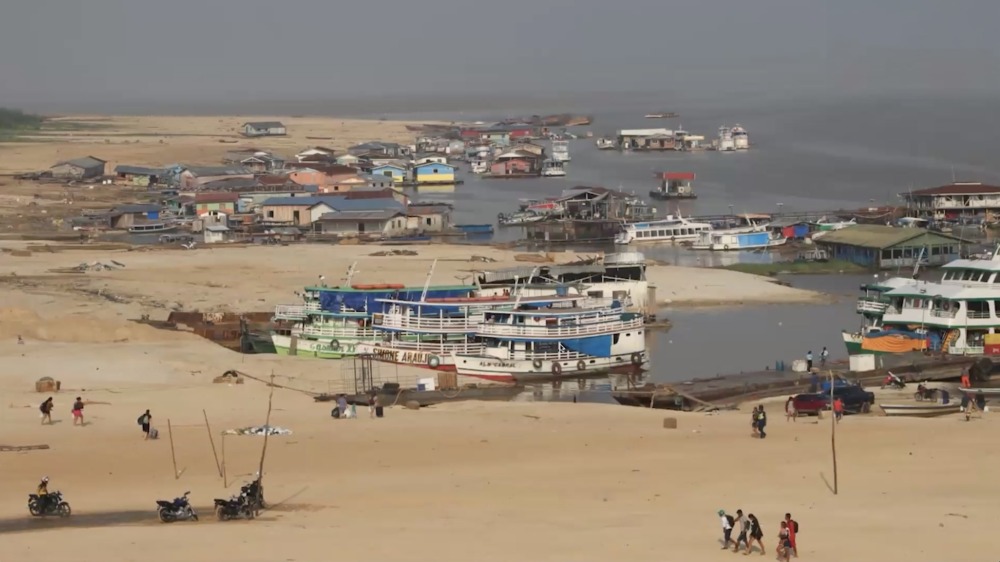
Climate change does more than impact temperature. It also increases the risk and intensity of drought, and is the main cause of the exceptional drought that has been affecting the Amazon river basin since 2023. Deforestation—including that caused by past wildfires—and the El Niño have also contributed to the drought, but studies show that the primary driver of the drought is climate change and its associated rising temperatures.
We have already seen these impacts at our Lake Tefé project site in Brazil. Here, ongoing drought has lowered the lake’s water levels so dramatically that river dolphin, fishes, and other creatures are dying.
3. And the cycle repeats

Most concerning is the potential for a positive feedback loop with wildfire in the Amazon and beyond. Put simply, a positive feedback loop is when the results of something increase the likelihood of that something happening again or with more intensity.
The cycle in the Amazon looks like this: First, climate change increases the risk of fires in the Amazon through rising temperatures and more frequent drought. Then, as the wildfires burn, they convert massive amounts of stored carbon into climate-changing greenhouse gas—as of mid-September, wildfires in Brazil alone had released 183 million metric tons of carbon into the atmosphere, the equivalent of more than 43.5 million cars driven for one year. All of this contributes to climate change on a global scale, and also increases the risk of wildfire on a local scale. Without intervention, many scientists believe this feedback loop will eventually transform the Amazon rainforest into a savannah-like habitat. Scientists warn us that this change could result in extinctions throughout the current range of the Amazon, as well as weather and climate impacts around the world.
How can we help?
Climate change is a challenge of global proportions, and the solutions require cooperation and contributions from people around the world. This is both a challenge and an opportunity. Even those of us who live far from these fires—and other climate impacts—can contribute to the solutions. In this case, slowing deforestation by protecting acres is one of the most important things we can do to help ensure the Amazon rainforest—and other habitats around the world—stand for generations to come.
Your donation to our Rainforest Climate Action Fund (RCAF) helps protect those acres most important to slowing climate change in South America and around the world. These funds also provide our partners on the ground with the firefighting gear and training they need to battle blazes in the coming years. With this fund, Rainforest trust intends to safeguard 3.3 million acres of valuable rainforest around the world, securing an estimated 465.3 mT of climate-changing carbon dioxide equivalents.
By slowing the deforestation that contributes to climate change and helping outfit volunteers to fight the fires that have already started, your donation makes a real and lasting difference for these remarkable places and for the world as a whole.
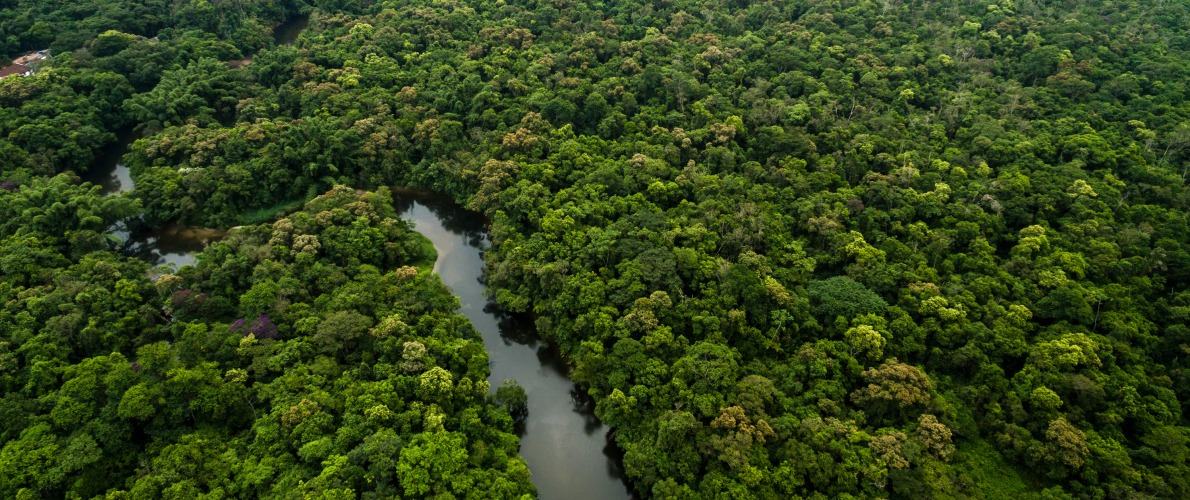
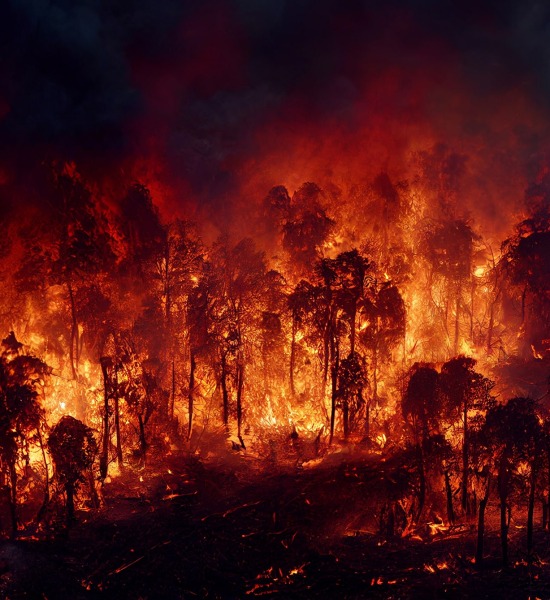
The Brazilian Amazon Fund
The Rainforest Trust Brazilian Amazon Fund was created in 2023 to permanently safeguard 20 million acres in Brazil by the end of 2026. Rainforest Trust’s work around the world, but especially in Brazil, will be critical to continuing to decrease deforestation rates and protecting ecologically important habitat in the most important forests across the world.


